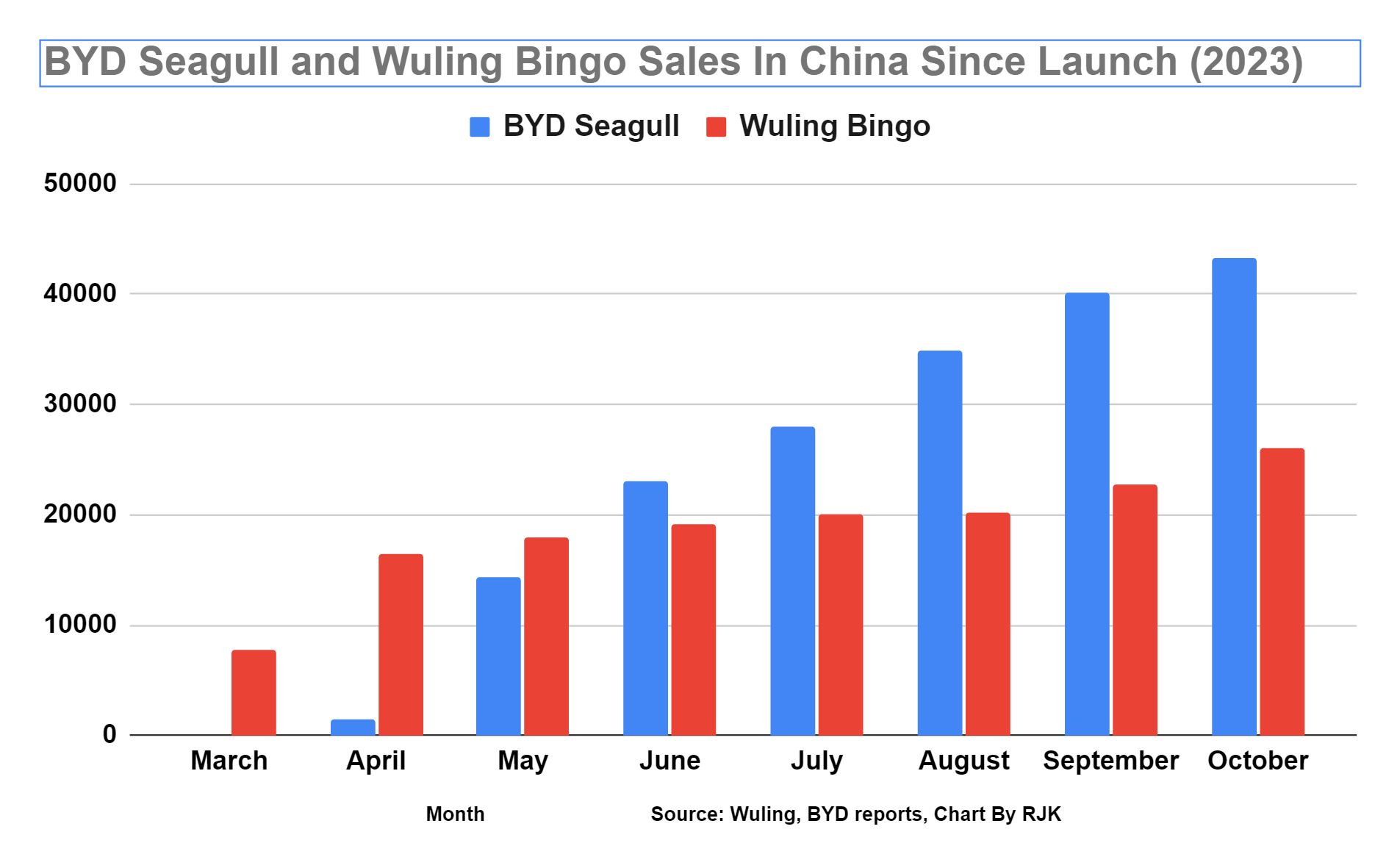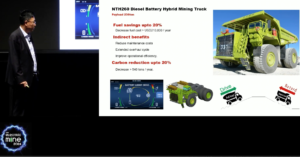Sign up for daily news updates from CleanTechnica on email. Or follow us on Google News!
Some estimates say around 15 million EVs will be sold globally this year. In terms of volumes, China leads, and in terms of market share, Norway is still the leader when it comes to registrations of EVs as a share of new vehicle sales. Sweden is also stepping up. Last month, EVs took an impressive 60% of the market share in Sweden’s monthly sales charts as covered here on CleanTechnica.
We still have a big job on our hands to reduce emissions from the transport sector, and EVs will play a huge role in this endeavor. We therefore have to accelerate the adoption of electric vehicles as quickly as practical in those sectors and segments where it makes the most sense. The small passenger vehicle market is one of them. Vehicles in this segment are used for a variety of purposes, including personal commuting, as part of company car fleets, as part of rental company fleets, and for ride share platforms like Uber.
Ensuring that we have a wider selection of more affordable EVs in more places around the world will help us get there faster. Therefore, I am really hoping that the big players in the EV industry have core teams of people looking into how they can really get these kinds of affordable small EVs to as many people as possible and trying to figure out how to scale production of these types of vehicles as fast as possible, as well as working out all the associated supply chain issues and the mechanics around the global distribution of these products.
EVs built on simpler platforms, could be our best foot forward to achieve this. EVs built using the technology we have now and taking advantage of “simple” and close to “conventional” manufacturing that enable the production of more affordable vehicles can get the ball rolling faster without waiting for more of the “ground-breaking” tech that is 10 years away from commercialization. Don’t get me wrong, innovation and breaking new barriers is always important, but it’s also good to work with the best of what we have now while simultaneously innovating around moonshots.
This is why I just love two small EVs that are selling like hotcakes right now in China — the Wuling Bingo and the BYD Seagull. These small affordable 5-door EVs have shown us that it’s really possible right now to literally develop a small affordable EV and scale production in decent numbers in a short time. Have a look at the chart below to see why.
Launched earlier this year, the Wuling Bingo and the BYD Seagull have both already gone on to sell over 150,000 units in less than 9 months. The Bingo has sold 150,293 units from March to October in China, and the BYD Seagull has gone on to sell 185,089 units from April to October. 185,089 units in one country in just 7 months is pretty impressive. Just goes to show what small practical affordable EVs can do. Now we hope the Seagull and the Bingo start getting exported to other markets soon, so we see this effect in more markets around the world.
The BYD Seagull was officially launched earlier in this year in China starting at 73,800 yuan ($10,690). Just under $11,000 for a compact hatchback with a 30.8 kWh battery is really impressive. The Seagull is based on BYD’s e-platform 3.0 and falls under the Ocean series, which also includes the Dolphin and the Seal. The Seagull has a single electric motor with 75 hp (55 kW) and 135 Nm of torque. It is front-wheel drive. It also has a top speed of 130 km/h, and acceleration from 0–50 km/h takes 4.9 seconds. The two Blade battery options of 30.08 kWh and 38.88 kWh give ranges of 305 km and 405 km (CLTC), respectively. The Seagull has fast charging, which takes 30 minutes to get from 10% to 80% battery.
The Wuling Bingo has been another smash hit from the SAIC, GM, and Wuling joint venture. The Bingo’s dimensions are 3950/1708/1580 mm with a wheelbase of 2560 mm. It has two options, one with a 30 kW (41 hp) motor and another with a 50 kW (68 hp) motor. These options come in a 17.3 kWh and a 31.9 kWh version — with range ratings of 203 km and 333 km, respectively. The Bingo starts from just under $9,000 in China.
So, we have all the tech to build millions of these types of cars per year and displace a lot of new ICE vehicles sales. Just need to work out how to ramp up production of these as quickly as possible, and figure out the logistics of getting these out to as many people and as many places as practically possible. Even if getting these vehicles to markets on other continents means the final price may be about double the price in China, they could still present some good value propositions in those markets. Having them assembled locally in those markets could further improve the value proposition.
Have a tip for CleanTechnica? Want to advertise? Want to suggest a guest for our CleanTech Talk podcast? Contact us here.
EV Obsession Daily!
I don’t like paywalls. You don’t like paywalls. Who likes paywalls? Here at CleanTechnica, we implemented a limited paywall for a while, but it always felt wrong — and it was always tough to decide what we should put behind there. In theory, your most exclusive and best content goes behind a paywall. But then fewer people read it!! So, we’ve decided to completely nix paywalls here at CleanTechnica. But…
Thank you!
Community Solar Benefits & Growth
CleanTechnica uses affiliate links. See our policy here.





